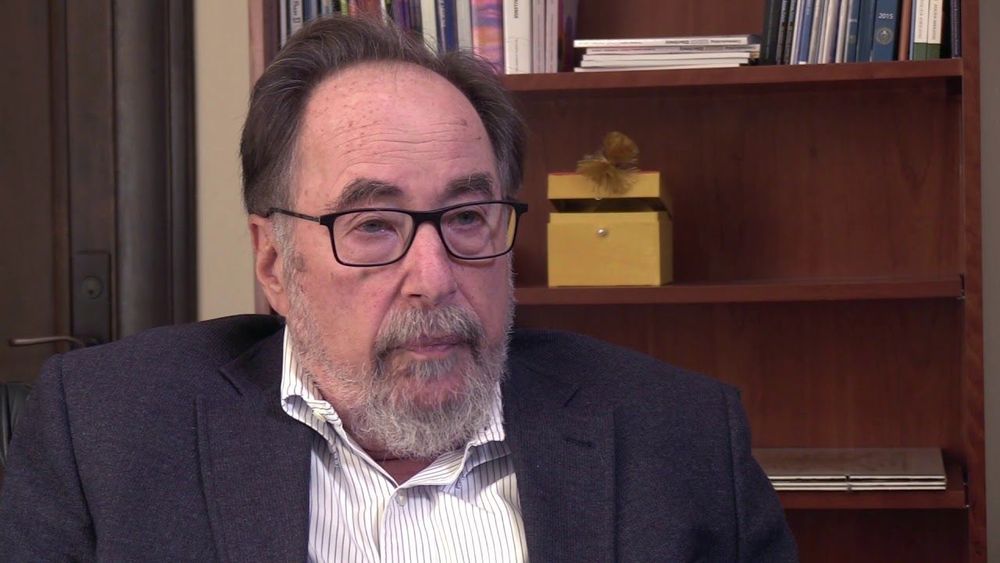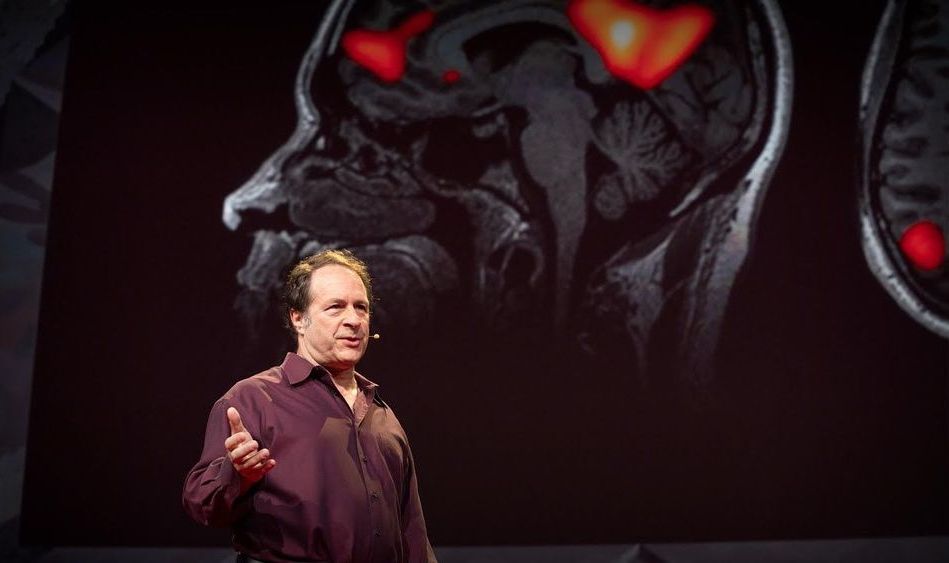Feb 9, 2020
Scientists Implant False Memories into Bird Brains
Posted by Prem Vijaywargi in category: neuroscience
False memories implanted in the brains of songbirds could explain how the birds learn to sing — and how people learn to talk.
False memories implanted in the brains of songbirds could explain how the birds learn to sing — and how people learn to talk.
Up to 1,000 times faster than traditional CPUs!
Codenamed ‘Pohoiki Beach,’ the new chip processes data like a biological brain by simulating a whole network of neurons, allowing the silicon to process information ‘up to 1,000 times faster.’
Bernardeta Gómez has been blind for 16 years. But using a bionic eye developed by Spanish neuroengineer Eduardo Fernandez, she was able to see again — without using her biological eyes at all.
The system, which Fernandez is honing at his University of Miguel Hernandez lab, comprises a few different parts, as detailed in a newly-published story in MIT Technology Review.
First, there’s a pair of glasses fitted with a camera that connects to a computer. The computer translates the camera’s live video feed into electronic signals. Those signals are then sent via a cable to a port that Fernandez surgically embedded in the back of Gómez’s skull. That port connects to an implant in the visual cortex of Gómez’s brain.
A recent study has found that there could be an easy, and highly beneficial way, of keeping your brain healthy, and it doesn’t involve a single crossword.

Imagine then, the emancipatory potential of genome editing for these millions.
Realizing this potential, however, will require that genome editing meet with societal approval. The typical response right now when you talk to someone about genetic engineering or reproductive technology is a reference to ‘designer babies,’ eugenics, Nazism, and other evils. These arguments have a very powerful emotional hold over many people, but in my opinion, they simply don’t stand up to scrutiny.
Let’s face it, getting older sucks, and not because of all the extra candles on the birthday cake. Getting cake and presents every year is great, but the loss of health and independence isn’t a particularly good birthday present. (Wow, what’d I get this year? Just what I didn’t want: sarcopenia and hearing loss!)
Given the downsides of aging, it really is surprising how little people talk about it beyond the odd grumble or even as a joke. Normally, it’s to complain about the aches and pains that gradually appear as the years roll by, as we find it harder to walk up the stairs and “bright-eyed and bushy-tailed” turns into “cloudy-eyed and with an aching back”.
That’s not even the serious side of aging, which involves the gradual loss of independence and the age-related diseases that first rob us of our quality of life before they get around to killing us. The serious part is the horror of Alzheimer’s and the loss of self that it brings, the heart disease that cripples us, the frailty that steals our independence, and the lurking threat of cancer that rises dramatically as we age.
The tech entrepreneur announced an “awesome” update to his neurotechnology company’s work to connect brains to computers.


MDMA and psilocybin have been granted breakthrough therapy status by the FDA, signaling a shift in the future of mental health treatment.
Clinical studies are underway. How we treat them moving forward matters.
A recent study by MIT found a low-pitched buzz-like sound and strobe lights can be used to replicate brain waves impeded by Alzheimer’s, which improved cognitive function and helped remove plaque in mice displaying symptoms of the disease. The approach hasn’t been tested in humans yet, but if it’s possible to copy these results, it might turn into a drug-free, inexpensive way to treat this condition.
The Secret: Applying Sound and Light at the Same Frequency
The study in question follows up on a previous one, which showed that flashing light and playing sound 40 times a second into the eyes of mice with Alzheimer’s, improved their condition. According to MIT researcher Li-Huei Tsai, there is substantial reduction of amyloid protein and increased prefrontal cortex engagement when visual and auditory stimulation is combined over a period of one week. The prefrontal cortex is the part of the brain most active in cognitive functions.
